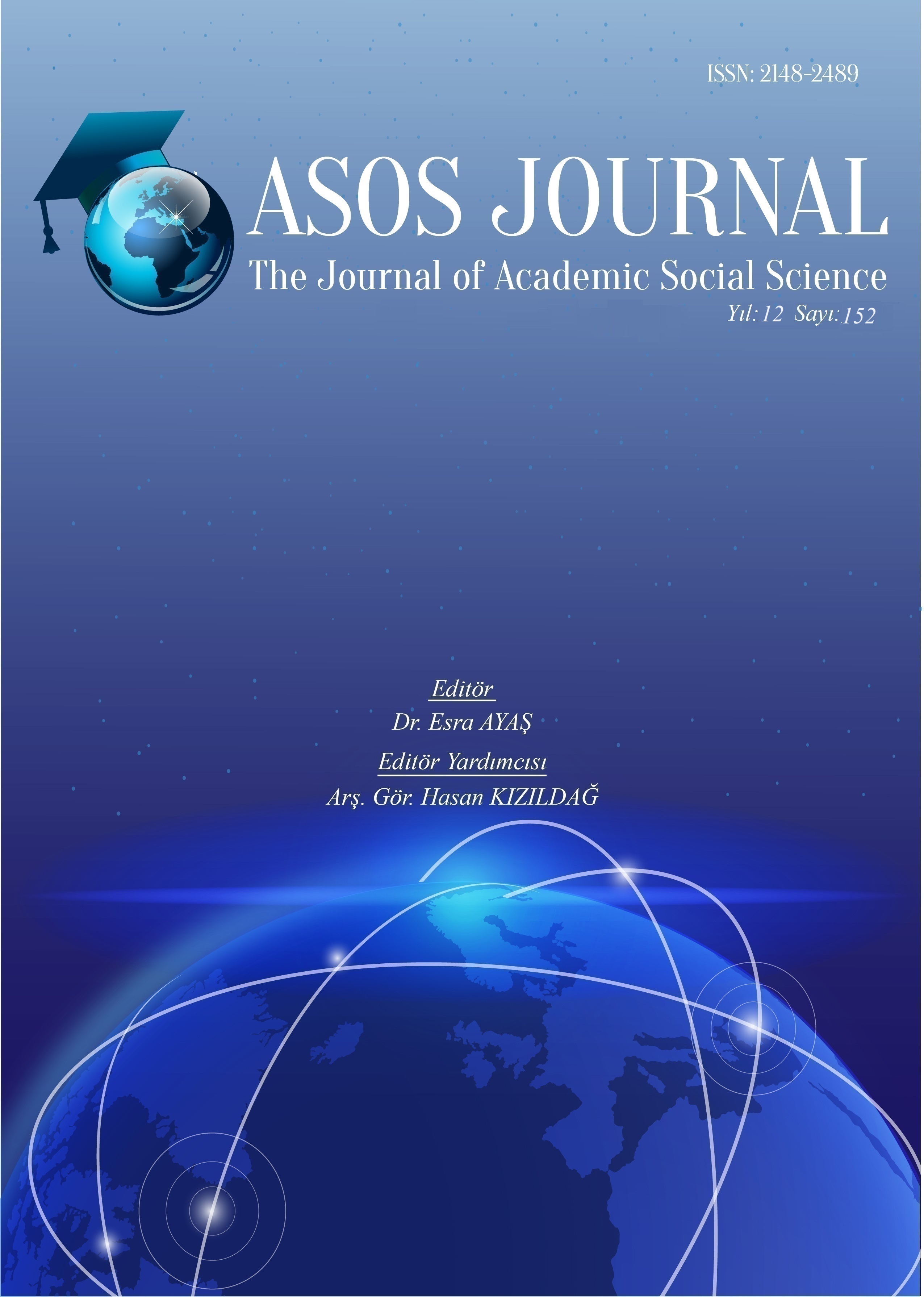Author :
Abstract
Bu araştırma, portre resminin sanat ve duygu bağlamında, özellikle hibrit ifadeler üzerinden incelenmesini ele alır. Portre sanatının tarihsel gelişiminde sanatın duygusal ifadesi ve teknolojinin sanata etkisi üzerine derinlemesine bir inceleme sunar. Araştırmanın amacı, portre sanatının duygusal ve estetik boyutlarını keşfetmek ve hibrit ifadelerin bu sanat formunda nasıl bir yenilik ve çeşitlilik sunduğunu ortaya koymaktır. Makale, sanatın sadece estetik bir obje olmadığını, aynı zamanda bireylerin duygusal ifadelerini ve toplumsal değişimleri yansıtan bir araç olduğunu vurgular. Araştırma yöntemi olarak sanat tarihi ve psikoloji teorilerinden yararlanılmış, çeşitli dönemlere ait portre örnekleri analiz edilmiş ve sanatçıların ifade biçimlerindeki değişim incelenmiştir. Özellikle, dijital teknolojinin portre sanatına etkisi ve bu teknolojinin sanatçıların ifade alanını nasıl genişlettiği üzerine odaklanılmıştır. Hibrit ifadelerin hem geleneksel hem de modern portre teknikleri arasında bir köprü kurduğu ve izleyicilere çok boyutlu bir duygusal deneyim sunduğu tartışılmıştır. Sonuç olarak, bu araştırma, portre sanatının insan deneyiminin karmaşık yönlerini nasıl yansıttığını ve sanatın hem bireysel hem de toplumsal düzeyde nasıl bir etkileşim ve iletişim aracı olarak işlev görebileceğini göstermektedir. Hibrit ifadelerin kullanımı, sanatın sınırlarını zorlayarak, sanatçılara ve izleyicilere yeni perspektifler sunmaktadır. Bu yaklaşım, sanatın ve portrelerin geleceği üzerine düşünmeyi teşvik ederken, sanatın evrensel dilinin sürekli olarak nasıl yeniden şekillendiğini de gözler önüne serer.
Keywords
Abstract
This his research examines portraiture in the context of art and emotion, particularly hybrid expressions. It offers an in-depth examination of the emotional expression of art and the impact of technology on art in the historical development of portraiture. The aim of the research is to explore the emotional and aesthetic dimensions of portraiture and how hybrid expressions offer innovation and diversity in this art form. The paper emphasizes that art is not only an aesthetic object, but also a medium that reflects individuals' emotional expressions and social changes. As a research method, art history and psychological theories are utilized, portrait examples from various periods are analyzed and the changes in artists' expressions are examined. In particular, the focus is on the impact of digital technology on the art of portraiture and how this technology has expanded artists' expressive space. It is argued that hybrid expressions bridge both traditional and modern portraiture techniques and offer viewers a multidimensional emotional experience. In conclusion, this research demonstrates how portraiture reflects the complexities of human experience and how art can function as a means of interaction and communication on both individual and societal levels. The use of hybrid expressions pushes the boundaries of art, offering new perspectives to artists and viewers. This approach encourages reflection on the future of art and portraiture and reveals how the universal language of art is constantly being reshaped.





